You have probably had this experience. You’re at a party, or a conference, or on the playground with your kids, and you find yourself in a conversation with a stranger. As you talk with her, there’s something about her—she’s smart, to be sure, but it’s something more than that—that makes you ask her where she went to college. When she replies, you laugh, “Of course you went to Wellesley!”
It’s hard to define, but it’s unmistakable. That thing that Wellesley women have; the thing that this College does to students. Call it the Wellesley Effect: the influence this place has on young women, and through them, the influence that Wellesley has on the world as its graduates work to make it a better place.
This fall, the College launched Wellesley’s Campaign to Advance the Wellesley Effect, its first major comprehensive campaign since the pioneering Women Who Will campaign concluded in 2005. The ambitious $500-million effort will support initiatives that will sustain and expand Wellesley’s impact into the future, ensuring that Wellesley women will continue to make a critical difference in the world.
As the College was unveiling the campaign, we found a handful of alumnae who exemplify the Wellesley Effect in different ways: a high-school chemistry teacher who ignites her students’ passion for the sciences; a Washington insider who helps Wellesley students find their ideal D.C. internships; a beloved and pioneering law school professor; a former Marine who overcame injuries to raise awareness for injured veterans; the chair of Wellesley’s powerhouse economics department; and an infectious-disease physician who devotes half her time to relief work in disaster-stricken countries.
As inspirational as these women’s stories are, we suspect that we could have pulled any six names from the alumnae directory and heard wonderful tales about how Wellesley has shaped our graduates for the better, and how they have been a positive force for change, whether on the global stage or in their local communities. In fact, Wellesley is collecting anecdotes from alumnae about what the Wellesley Effect means to them. Visit campaign.wellesley.edu to join the chorus of voices.





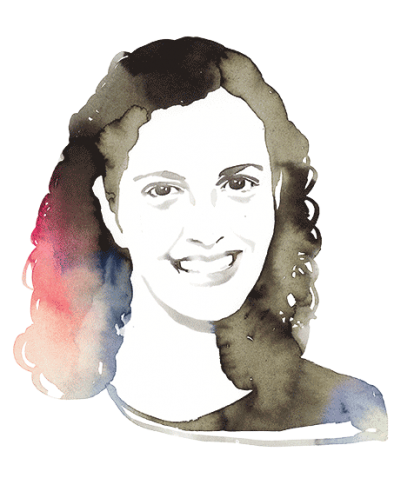

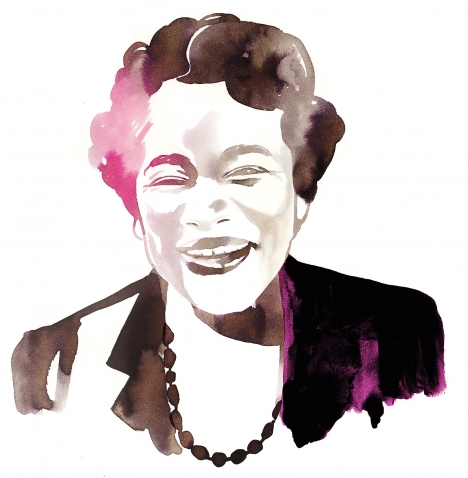
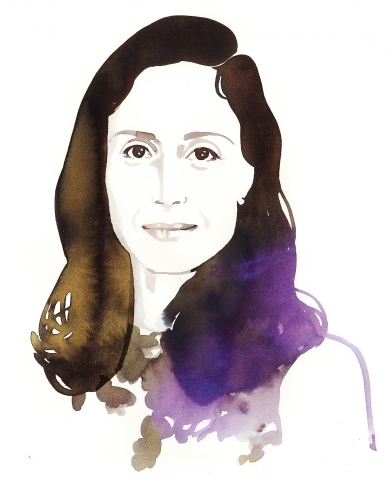
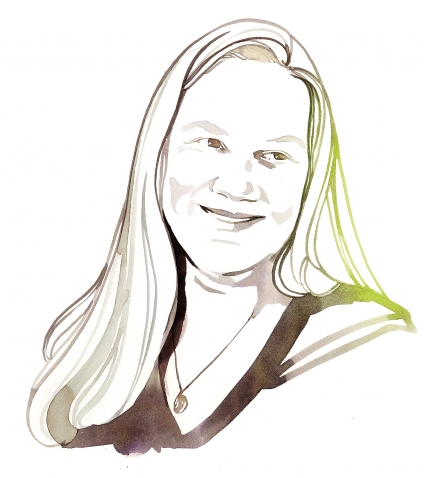
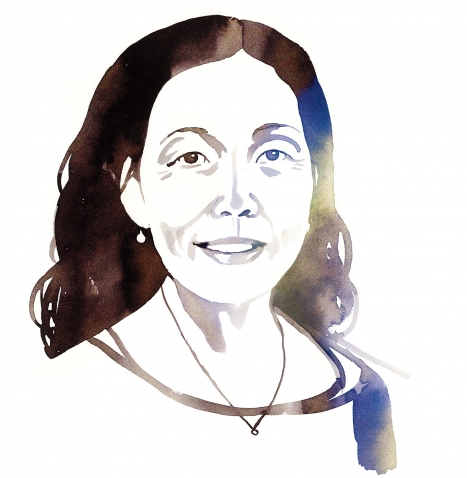

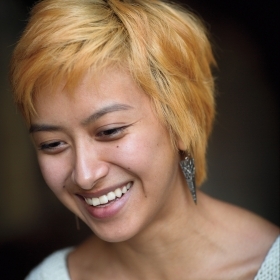
We ask that those who engage in Wellesley magazine's online community act with honesty, integrity, and respect. (Remember the honor code, alums?) We reserve the right to remove comments by impersonators or comments that are not civil and relevant to the subject at hand. By posting here, you are permitting Wellesley magazine to edit and republish your comment in all media. Please remember that all posts are public.